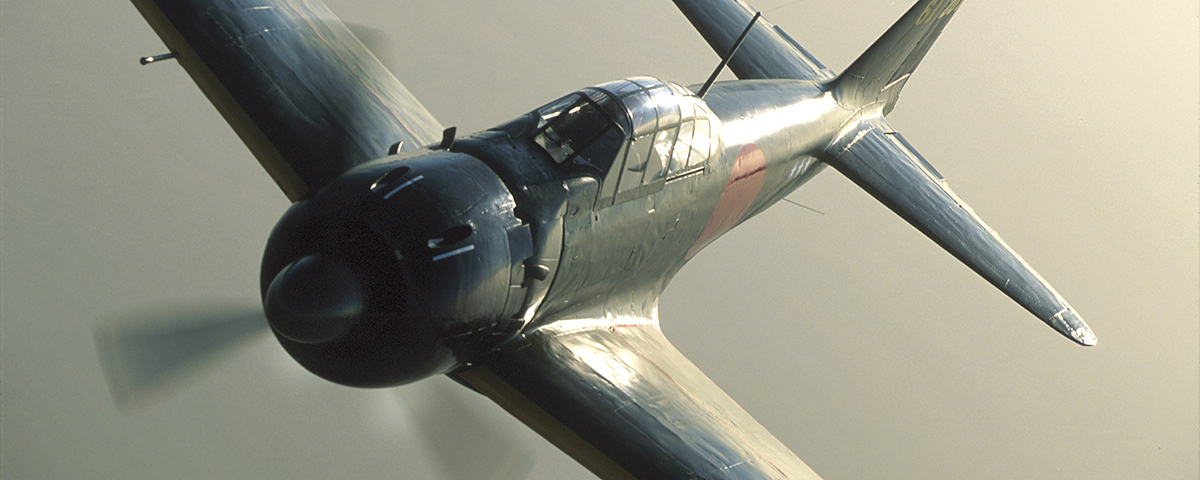MIflyer
Captain
The first picture below is that of a Vultee P-66. I have always thought that it looked remarkably like a Zero fighter. But as it turns out, it appears that Northrop and Vought had more to do with the A6M, rather than Vultee.
An article in the Winter 1996 issue of Air Power History by Gary W. Boyd asserts that Northrop and Vultee efforts proved to be a vital technology transfer to Japan. Northrop built some of the most advanced aircraft of their time, the Alpha and the Gamma, and it was natural that they would serve as a basis for further development. A fighter was built in 1933 in answer to a USN USN requirment, the Northrop XFT-1, that proved to have some advanced features as well as some very undesirable handling characteristics. The XFT-1 was lost while trying to fly through a storm front on the way back to Los Angeles from DC. The next development was the Northrop 3A. It was quite advanced, featuring a fully retracting main landing gear but had tendency to enter spins. Its last flight was on 5 Jul 1935 when USAC Lt. Frank Scare took off from Mines Field and disappeared over the Pacific.
Northrop gave up and sold the 3A design to Chance Vought in Feb 1936. Vought used the 3A to produce the V-141, powered by the R-1535 engine, in an attempt to enter the USAAC competition that ultimately yielded the P-35 and P-36. The V-141 failed to win an Army contract and Chance Vought further modified the design into the V-143 in hopes of winning overseas contracts. And they had some success this time; the V-143, NR56V, was sold to Japan in 1937 for less than $200K. It would have been the most advanced fighter the Japanese had ever seen and it arrived in plenty of time for it to influence the design of the Type Zero Fighter.
Vought further developed the V-143 into the V-166A and V-166B, which became the F4U Corsair.
So it appears the Zero and the Corsair had the same grandfather.




An article in the Winter 1996 issue of Air Power History by Gary W. Boyd asserts that Northrop and Vultee efforts proved to be a vital technology transfer to Japan. Northrop built some of the most advanced aircraft of their time, the Alpha and the Gamma, and it was natural that they would serve as a basis for further development. A fighter was built in 1933 in answer to a USN USN requirment, the Northrop XFT-1, that proved to have some advanced features as well as some very undesirable handling characteristics. The XFT-1 was lost while trying to fly through a storm front on the way back to Los Angeles from DC. The next development was the Northrop 3A. It was quite advanced, featuring a fully retracting main landing gear but had tendency to enter spins. Its last flight was on 5 Jul 1935 when USAC Lt. Frank Scare took off from Mines Field and disappeared over the Pacific.
Northrop gave up and sold the 3A design to Chance Vought in Feb 1936. Vought used the 3A to produce the V-141, powered by the R-1535 engine, in an attempt to enter the USAAC competition that ultimately yielded the P-35 and P-36. The V-141 failed to win an Army contract and Chance Vought further modified the design into the V-143 in hopes of winning overseas contracts. And they had some success this time; the V-143, NR56V, was sold to Japan in 1937 for less than $200K. It would have been the most advanced fighter the Japanese had ever seen and it arrived in plenty of time for it to influence the design of the Type Zero Fighter.
Vought further developed the V-143 into the V-166A and V-166B, which became the F4U Corsair.
So it appears the Zero and the Corsair had the same grandfather.

